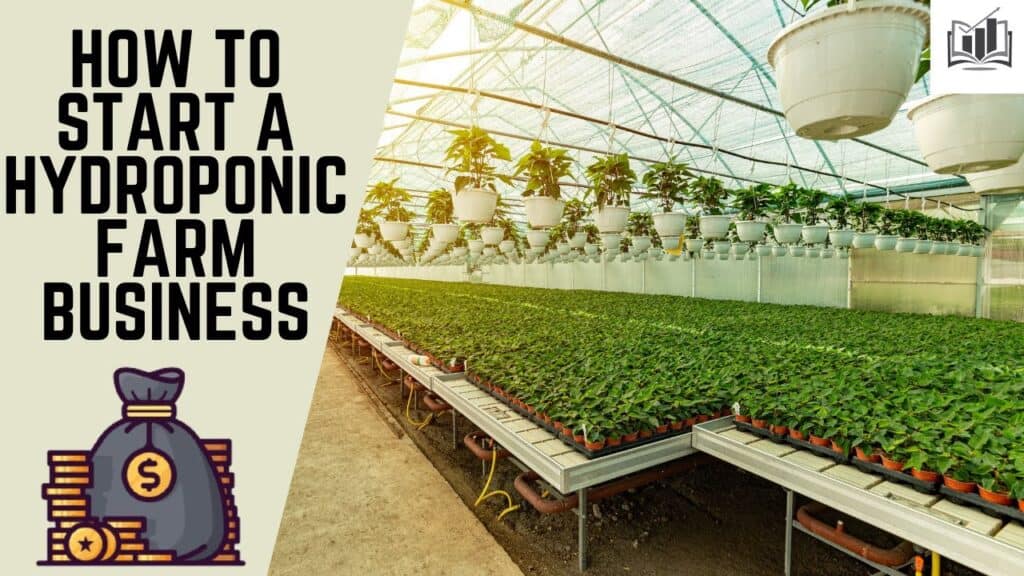Vanda Orchid Care: The Basics
The Vanda orchid ’s natural habitat is tropical and for this reason Vanda orchids require a very high level of humidity.
Most often Vandas are grown in wooden slat hanging baskets with little to no potting medium.Vanda spikes normally produce 6-8 beautiful flowers that can typically grow to be six inches in diameter.
The flowers themselves come in an array of colors. Some are solid in color while others have a beautiful pattern. Vanda orchids most often bloom between spring and fall but can bloom at any time of year.
Water Requirements
A Vanda orchid should be watered in the morning using tepid water. This will give the orchid adequate time to let the roots dry before the next watering.
Watering frequency – as covered in this article about watering orchids – can be determined by a few different things.
If you are growing a Vanda orchid in a wooden slat basket, you may want to water daily and if your Vanda is in a pot with medium you may want to water less frequently.
As a rule of thumb, you will want to water more frequently during the warmer months and less frequently in the cooler months.
Light Requirements
There are 3 types of Vanda orchids, each with a different type of leaf. The first type is the strap-leaf (broad, flat leaves), the second type is terete (round, pencil-like leaves), and the third is semi-terete (hybrid of strap-leaf & terete leaf).
In general, all Vanda orchids require bright light intensity and you will want to provide bright light to your Vanda without causing sunburn to the plant as covered in this article about orchids care and light.
You will be able to determine how just much light your Vanda orchid requires depending upon the type of leaves your orchid has. Terete leaf Vandas need full sun, semi-terete leaf Vandas need a bit less sun, and strap-leaf Vandas need even a little less light.
If you are growing your Vanda indoors, an ideal place would be in a windowsill that is facing south as long as you provide a sheer curtain for protection from the intense midday sun.
Temperature Requirements
As discussed in this orchid plant care article on temperature, Vandas thrive in warm temperatures.
The temperature requirements for Vandas are daytime temperatures somewhere between 75°F to 95°F (23.9°C to 35°C) and night temperatures between 60°F to 70°F (15.6°C to 21.1°C).
In the fall, lower nighttime temperatures help encourage the growth of spikes, although you don’t want to prolong this temperature drop for too long because you may stunt the growth and buds may fall off.
Higher temperatures encourage faster growth in Vandas, although if you plan to keep your orchid in higher temperatures you will have to remember to maintain higher humidity conditions, more air movement, as well as more frequent waterings.
Humidity Requirements
As covered in this “humidity” article on how to care for orchids, Vandas thrive in very humid conditions.
A relative humidity level that is ideal for Vandas is somewhere in the 75-85% range, however, if a Vanda orchid is kept in excess moist conditions then disease and rot can set in which will cause damage to the plant.
Because the humidity level requirement is so high for Vanda’s it can sometimes be hard to keep that amount of humidity while growing the orchid in your home.
If you need to increase the humidity for your orchid, you can add a humidity tray or humidifier and also misting your orchid a few times a day will also increase the humidity.
It is also important to remember that the more humid you keep the orchids environment, the more air movement your orchid will need to help prevent any disease.
Fertilizer Requirements
When Vanda orchids are in active growth they should be fertilized regularly. An orchid fertilizer mix of (20-20-20) is recommended.
During the winter months, Vandas should only be fertilized every other month. Remember, never fertilize an orchid that is completely dry, because this can cause major damage to the roots.
You should always water your orchid very thoroughly once a month so that the excess fertilizer build-up can be removed.
Potting Requirements
Vandas should be repotted (only in the spring) in a course medium-grade potting mix every two to three years or once the potting medium remains soggy and no longer drains properly.
Before repotting, you should always trim away the damaged roots with a sterile cutting tool. Vandas can also grow well in wooden slat baskets without any potting medium.
If you need to repot a Vanda that is growing in a wooden slat basket, you should never remove the plant from the basket it’s currently growing in.
You should instead soak the roots and gently pull them away from the smaller basket and then place the entire thing (smaller basket) into the new larger basket.
This will allow you to increase the area for the roots to grow without disturbing the plant itself.
And that just about covers the basics! 🙂
Originally posted 2021-06-19 22:10:42.




